Igniting the entrepreneurial spark
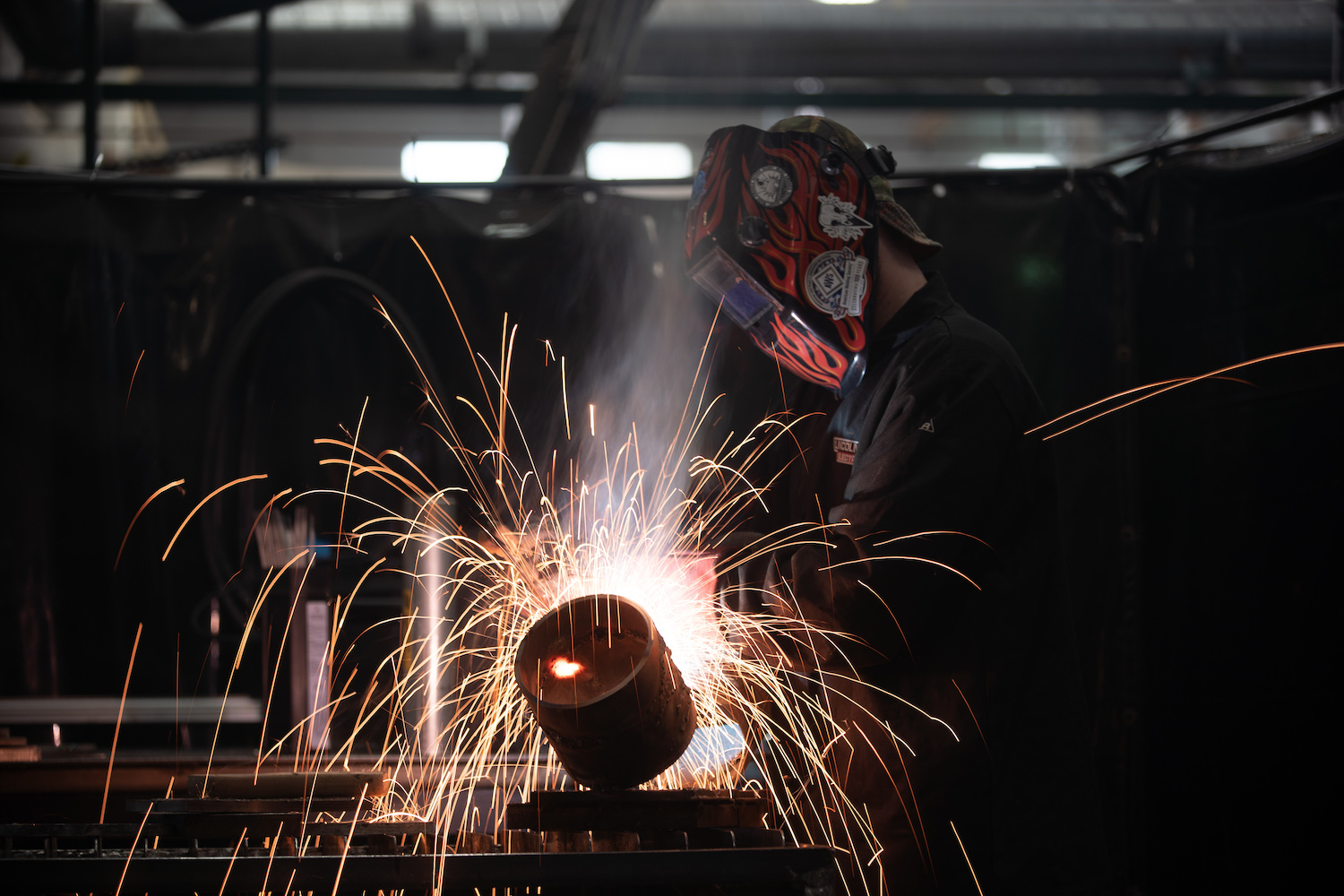
He didn’t realize it at the time, but in his teens, Frank Labriola ’52 was laying the foundation for starting his own successful company. His journey started in Golden, where he majored in metallurgical engineering and immersed himself in the rigors of a Mines education. “Mines was a very good background, because back when I graduated from Mines in ’52, it was a lot of hard work and a hard schedule,” Labriola said. He went on to earn an MBA at Northwestern University, where he honed his business acumen, then served as an officer in the U.S. Navy, which he credits with teaching him leadership. Those three experiences gave him the education he would need a few decades later.
“I think I was anticipating—even though I didn’t know what I was going to do—having the background that prepares you for the venture you’re going to end up in,” Labriola said.
For Labriola, that venture was starting PIMALCO, a manufacturer of lightweight hard-alloy aluminum that supplied tubing to cable companies and extrusions to aerospace giants.
“You’ve got to want to do it—you’ve got to have that fire in the belly,” he said.
Since the very beginning, Mines has drawn students who want to earn an excellent technical education that would serve them well in their careers. But many also wanted to (and would) one day stake their own claims and build their own businesses. Labriola thinks engineers are best suited for those ventures—and that Mines can be of even greater service to students by introducing them to the ideas and resources needed to pursue those dreams.
Enter a new series of facilities taking shape on campus engineered to do just that. And all of them funded, and even inspired by, alumni and supporters.
The new entrepreneurship and innovation ecosystem will be an on-campus home for everything from courses in design innovation to makerspaces to resources for both students and members of the community who are ready to incorporate a business or seek out investors. The ecosystem will include the Venture Center and Labriola Innovation Complex, established by a leadership gift from Frank and Mary Labriola and home to McNeil Hall and the Labriola Innovation Hub. But it’s more than just a collection of buildings—it’s a commitment, one that many believe will not only further distinguish Mines graduates in the years ahead, but the university as well.
“It provides an entire ecosystem where you start as a freshman in McNeil, and if you have some serious ideas, you can experiment and prototype in Labriola, and if you make it to the next stage, whether you’re faculty or a student or just live in Golden, you have the Venture Center, which is where the ideas meet the real world,” said Mike Beck, who along with his wife, Kelly, is the lead donor for the Venture Center and the parent of two Mines graduates.
Laying the foundations for future entrepreneurs
Steve MacDonald ’67 was passionate and tenacious about building his business, CD-adapco, said his wife, Sharron MacDonald. But he might not have used the moniker “entrepreneur” to describe himself.
“He didn’t think that he was entrepreneurial,” she said of her husband and business partner, who died in 2015. “He didn’t use the formal words like being a strategist or developing a strategy, but he would know what needs to be done and just do it.”
Though he didn’t call himself an entrepreneur, the Mines alumnus was incredibly successful in an enterprise he built from the ground up. The MacDonalds’ company, which designed software for advanced computational fluid dynamics simulation testing, was sold to Siemens PLM Software for $970 million in 2016. Sharron said her husband was born to run a company, but some students might need the environment the ecosystem will provide to light that spark.
“If you provide the mindset and some facilities and you’re at a campus that endorses entrepreneurship, it validates it,” said Beck, managing director of Regent Advisors, a corporate finance advisory and investment firm. “And then, if you give them the facilities and the curriculum to nurture that, there’s no question that you’re going to get kids who opt for that—or, you’ll get kids who go off and work for a big company for a few years and they get a good idea.”
That’s what Beck did. “I started life as an engineer, working for Exxon. I was in the oil and gas patch for maybe seven years in my 20s.” He transitioned to finance, and before long, he was investing in resources ranging from uranium to lithium. “For me, I was always an entrepreneur at heart. In graduate school, I started a company, and since then, it’s been one company after another company after another company.”
Charlie McNeil ’71 always had that self-starter drive, too, but his final project at Mines cemented it. “At Mines at that time, we were more focused on going to the big company,” said McNeil, founder and CEO of NexGen Resources. “When I did my mining engineering senior project, we had to do our own business plan for a mining project, and that kind of sparked my interest in entrepreneurship and developing my own business.”
McNeil Hall and the McNeil Center for Entrepreneurship and Innovation are part of a gift from Charlie and Judy McNeil. “Judy and I just believe in the principles of entrepreneurship as a means of personal and professional success,” McNeil said. “We just want to ensure every student at Mines has a chance to grow with hands-on instruction.”
Fostering innovation
McNeil’s story is just one example of how a little bit of exposure to entrepreneurial thinking can change a student’s career path. “I probably get a dozen or so a year who seek me out who say, ‘I want to create something but I don’t know how,’” said Werner Kuhr, director of entrepreneurship and innovation at Mines. “These are the students who are a little less risk-averse than normal and have a little more energy and drive to try something new. And those could be the next Elon Musks. The complex lets us get a larger population that might have been a little timid at first. But if they realize this is acceptable, and even normal, that’ll give them the opportunity to take the chance. And university life is the best place to try this.”
But an education in entrepreneurship and innovation isn’t just a way to help students who want to start their own companies. It can make engineering students better at their work in the long term. Research in engineering education shows that fresh-faced incoming students are better written communicators than they are four years later when they exit college, said Dean Nieusma, associate professor and head of the Engineering, Design and Society Department. “For me, as an educator, it provokes me to think, what’s happening in engineering education that creates that outcome, and how do we counter that? I’m quite keen on how we retain or even nurture that spirit of engagement or doing good that incoming engineering students bring with them. And I think innovation education is the right place to do that.”
“A traditional strength of engineering education is in technology advancement, which often results in innovation, but it can also get in the way of innovation if engineers don’t have a big-picture view,” Nieusma said. “An innovation education helps students see the big picture—you need to marry the technical with the appreciation for business organizations as organizations. It’s understanding questions of branding, marketing, user experience, communication. All of that can get crowded by an exclusive focus on the technical dimensions of innovation.”
And that can drive a business. “Steve was always looking at innovation,” Sharron MacDonald said. “He loved talking with his customers to find out what they were working on and what their vision was. Many of them were desperate to find innovation that could move them ahead of their competition.”
Mines’ focus on entrepreneurship and innovation is also a response to the changing nature of the work engineers do.
“There are a thousand different jobs that engineering graduates go on to do. Some of them are in big, traditional tech companies that are doing engineering with a narrow technical focus—but they’re the minority of jobs,” Nieusma said. Mines wants to help students understand “the realities of organizational life,” he said. “It’s about understanding colleagues, it’s about understanding customers, it’s about understanding user communities.”
Alumni outreach has helped with this, Kuhr said. “Alumni come in as adjuncts to help teach the Cornerstone class, and they do a superb job, because they’re out in the business world and they know what students will want to know.”
Kuhr noted that even if you’re not running your own company, thinking about innovating to meet customers’ needs is a mindset that engineers can use to advance into leadership positions. “If they are strictly a technical problem-solver, they’re stuck in a cubicle in the back,”
he said.
“If we give them a little bit of a heads up so they learn those basic entrepreneurial skills, we could have an order of magnitude impact in a matter of years,” he said. “That would probably knock 10, 20 years off their career path, they could quickly get into senior positions and have significant impact with minimal training.”
Once students have that technical and entrepreneurial education in hand, they’ll need one more thing, entrepreneurial alumni said—a willingness to take risks.
“I laid it all on the line,” Labriola said. “I thought, ‘I have a backup plan, I could always go work as an engineer.’ But failure wasn’t an option in my mind.”
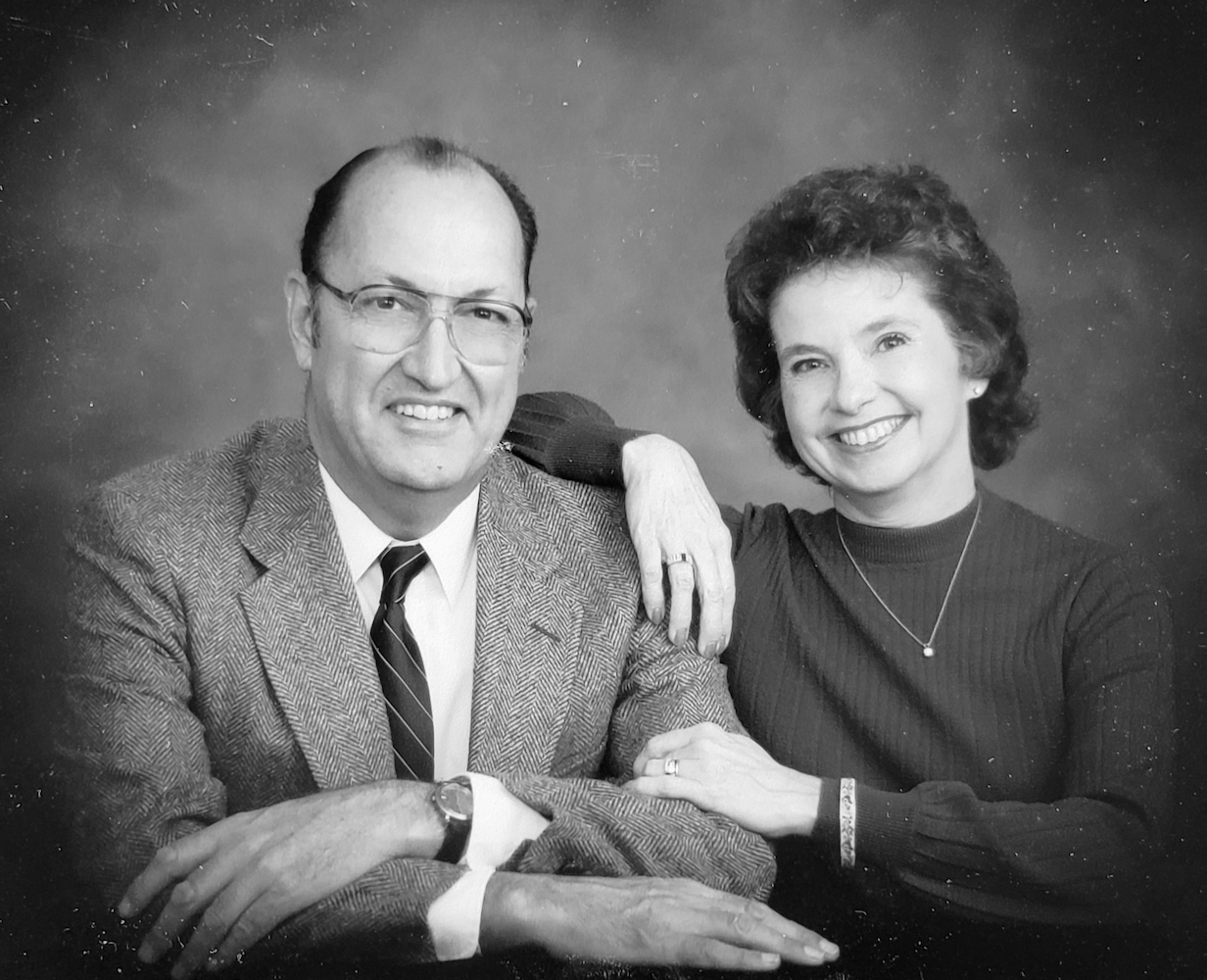
Providing the spark for a new entrepreneurship and innovation ecosystem
Frank Labriola ’52 had the fire of an entrepreneur in his belly when he took the risk of leaving a secure position at Reynolds Metal Company to start his own venture, PIMALCO. The risk was worth it, and after lots of hustle, savvy and strategy, he built a successful business that contributed to the advancement of industry and helped make the U.S. a competitive leader in metals.
After graduating from Mines with a professional degree in metallurgical engineering, Frank earned an MBA at Northwestern University where he learned about business and management—skills he now sees as essential for Mines students today in addition to technical acumen. His vision to create an atmosphere at Mines that provides entrepreneurial leadership opportunities for students with a shared drive and ingenuity happened to coincide with that of President Paul C. Johnson, igniting the spark of inspiration for more robust entrepreneurship and innovation programming at Mines.
With a generous gift, Frank and his wife, Mary, kicked off Mines’ latest entrepreneurship and innovation ecosystem to bring together collaborative, integrative spaces and foster new ideas, starting with the Labriola Innovation Complex. The complex is home to McNeil Hall, where entrepreneurship and innovation learning flourishes, and the Labriola Innovation Hub, fostering creation and new ideas. The ecosystem is rounded out by a new Venture Center focused on launching new businesses.
Frank and Mary’s generosity made the concept of the entrepreneurship and innovation ecosystem on campus more than a dream. Their investment inspired others, and, collectively, alumni donors are turning possibility into reality through a true, positive transformation of the culture, facilities and resources on campus.
A ‘Mines-flavored’ business degree
The entrepreneurship and innovation ecosystem isn’t the only pro-business change on the horizon at Mines: This fall, students will also be able to enroll in a new undergraduate degree program, a Bachelor of Science in business engineering and management science. The coursework is focused in two core areas: data analytics and operations research, and business principles.
“This was definitely designed to be Mines-flavored,” said Becky Lafrancois, teaching professor in economics and business. “It’s almost like putting parts of a computer science degree, a math degree and a business degree into one. This is a quantitative business degree.”
The curriculum has a more analytic and data-driven focus than what’s found in typical business programs. “I think there’s been an increasing emphasis on companies using data-driven modeling,” Lafrancois said. “With the big data revolution and technological advancements, there’s this real need for people who can design and use data-driven models, so there’s a need for a degree where students can learn how to create these models but also communicate them. The real value is when you can take the output of the models you’re using and use them to make business decisions.”
“We think this is going to appeal to students who are interested in being in the Mines environment, who are math and science-savvy but who might not want to be engineers,” she said.
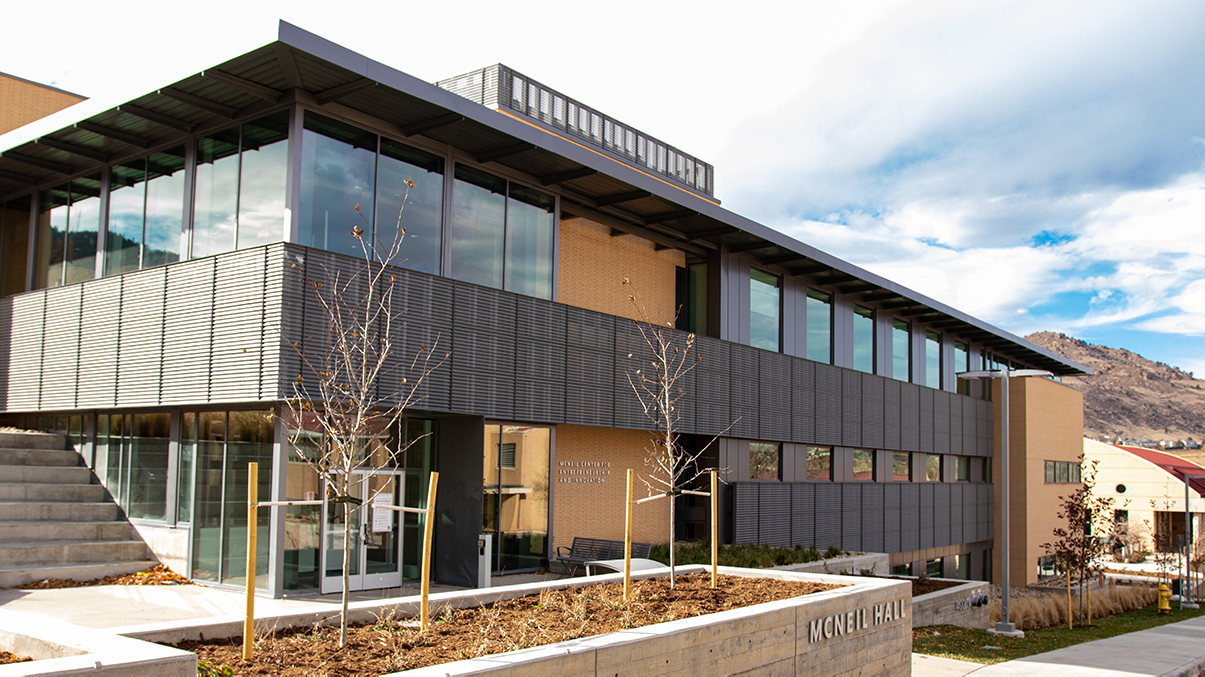
McNeil Hall
With curriculum and programming across campus designed to instill entrepreneurial and business principles and foster innovative thinking, Mines students will learn the basics and best practices of entrepreneurship and come up with a variety of concepts for possible ventures. They will learn how to approach business and entrepreneurship from a problem-solving angle with hands-on experiences, in addition to learning business theory.
Key components:
- Business coursework
- Innovation extracurriculars
- Theory and practice integration
- Business best practices
- Problem-solving approach
- Impact assessment and concept validation
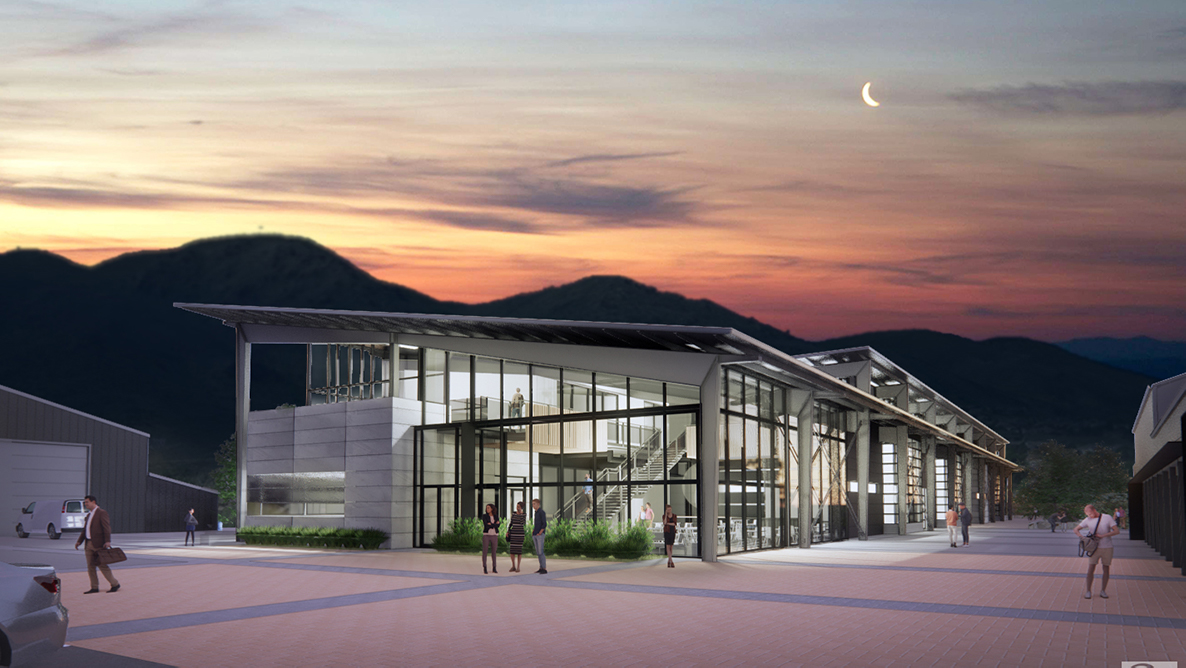
Labriola Innovation Hub
This central component of the entrepreneurship and innovation ecosystem at Mines provides state-of-the-art makerspaces where students move seamlessly among the spaces needed to create, prototype, test and revise innovative engineering projects and is home to student hacker-oriented clubs and project-based competition teams.
Key components:
- Prototyping and testing
- Stakeholder engagement
- Concept refinement
- Project pitching
- Real-world viability
- Alumni mentorship
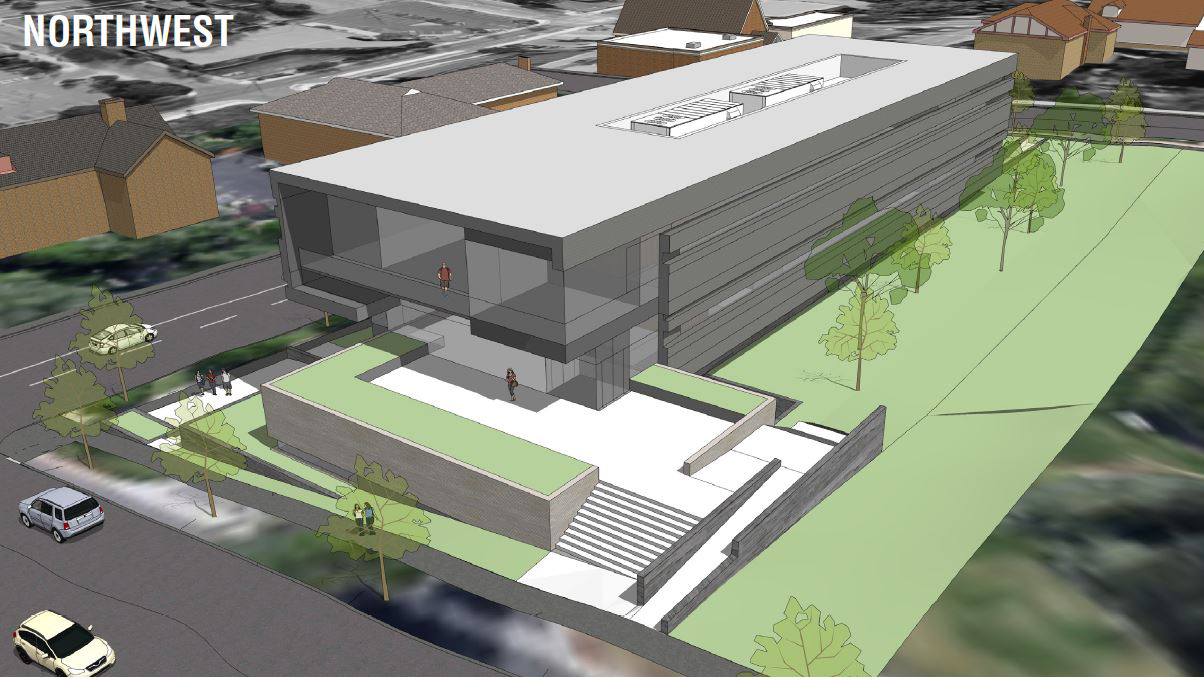
Venture Center
Open to students and faculty, as well as innovators outside the Mines community, the Venture Center is designed to jumpstart businesses. It will provide entrepreneurs with the space, knowledge, mentoring support and connections to other entrepreneurs and investors necessary for building sustainable and successful commercial entities.
Key components:
- Initiate deal negotiations with partners and investors
- Research and determine capital needs and potential partners
- Develop business, marketing, production and distribution plans
- Market ready


